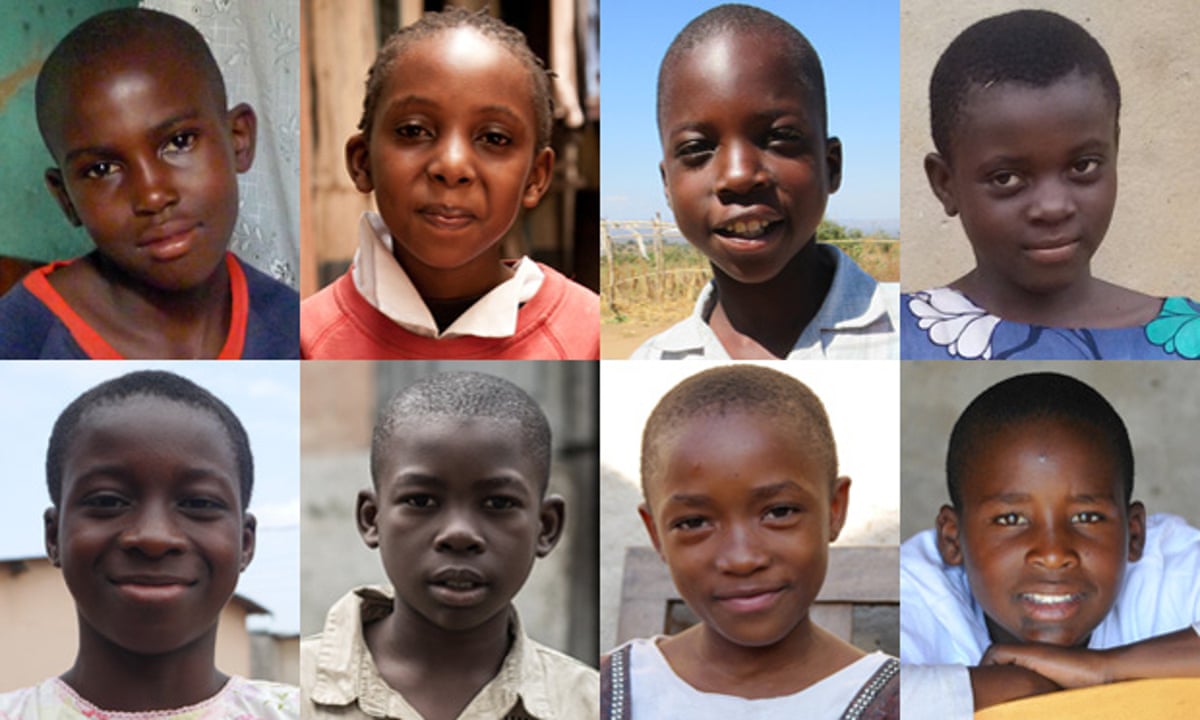EARLY
EMOTIONS IN INFANT AND TODDLER


- Infant and toddler emotions both shape and are shaped by relationship with others. Children express contentment when they are matured. They show distress when a familiar adult picks them up. An intriguing question is whether children feel the same way about things as adults do?
- Parents appear to play a critical role in teaching children emotion: they demonstrate various emotional statuses through exaggerated facial expression on intonation. Babies can discriminate among those different expressions only days after birth (Izard, 2002; Quinn et al, 2011). In a study in which parents were instructed to interact with their babies still faced showing no emotion, their 6 month old wiggled, changed their own facial expression and eventually turned away or even cry (Lowe et al, 2012).
- By 10 months of age, babies can distinguish among facial expression that looks similar but represent very different emotions (Quinn et al, 2011). For example, they show different reaction to happy and sad faces even when these look very much the same.
- One aspect of infant and toddler emotional development is the ability to control and reduce intense feeling particularly negative one’s (Rothbart & Bates, 2006). Researcher called Emotional Regulation. Example, a baby who has just received an injection at a doctor’s office may calm herself by focusing on her mother’s face or the doctor’s gentle touch.
INFANT
AND TODDLER RELATIONSHIP AND EGOCENTRISM
A
trait that influences social relationship in infancy and toddlerhood
is Egocentrism. Recall that this is a kind of thinking in which young
children difficulties in understanding the perspective of other
people have. Infancy and toddler have trouble, for example,
recognizing others, need or feeling, as the following example
illustrate.
A
toddler becomes enraged when another child comes to the child care
center with shoes identical to her own. “Mine!” she screams. Even
though she has her own shoes on, she insists that her peer’s shoes
are hers as well.
From
the example that young children often think their own needs are most
important and that everything in the world belongs to them. Research
shows that while toddler are egocentric, they can also be kind and
sociable, they share objects with their parents and other fellow
friends without being asked.
Jean
Piaget, (1952) refers to the developmental period between birth and
age 2 as the sensorimotor stage, whereby Piaget thinking at this age
involves getting things done physically by using the senses. “There
is no infants’ thought without action”, he argues.
During
Piaget’s sensorimotor stage (birth to age 2), infants and toddlers
learn by doing; looking, hearing, touching, grasping and sucking. The
learning process appears to begin with coordinating movements of the
body with incoming sensory data.
Piaget
divided the sensorimotor stage into six sub stages. In stage 1(birth
through month 1), infants exclusively use their reflexes and their
cognitive capabilities are limited. In stage 2(1 month through 4),
infants engage in behaviors that accidentally produce specific
effects. Infants then repeat the behavior to obtain the same effect.
An example is the infant’s learning to suck on a pacifier following
a series of trial and error attempts to use the new object. In stage
3(4 months through 8), infants begin to explore the impact of their
behaviors on the environment. In stage 4(8 months through 12),
infants purposefully carry out goal-directed behaviors.
Object
permanence,
or the knowledge that out-of-sight objects still exist, may begin to
appear at 9 months as infants search for objects that are hidden from
view. In stage 5 (12 months through 18), toddlers explore
cause-and-effect relationships by intentionally manipulating causes
to produce novel effects. In stage 6 (18 months through 24), toddlers
begin to exhibit representational (symbolic) thought, demonstrating
that they have started to internalize symbols as objects, such as
people, places and things.
- According to Piaget, cognitive development occurs from two processes: adaptation and equilibrium.
Adaptation
involves
children changing their behavior to meet situational demand that
consists of two sub processes: assimilation and accommodation.
- Assimilation is the application of previous concepts to new concepts, such as a child who refers to a whale as a fish.
Accommodation
is the altering of previous concepts in the face of new information,
such as a child who discovers that some creatures living in the ocean
are not fish then correctly refers to a whale as a mammal.
Object permanence,
or the knowledge that out-of-sight objects still exist, may begin to
appear at 9 months as infants search for objects that are hidden from
view. In stage 5 (12 months through 18), toddlers explore
cause-and-effect relationships by intentionally manipulating causes
to produce novel effects. In stage 6 (18 months through 24), toddlers
begin to exhibit representational (symbolic) thought, demonstrating
that they have started to internalize symbols as objects, such as
people, places and things.
- According to Piaget, cognitive development occurs from two processes: adaptation and equilibrium.
Adaptation
involves
children changing their behavior to meet situational demand that
consists of two sub processes: assimilation and accommodation.
- Assimilation is the application of previous concepts to new concepts, such as a child who refers to a whale as a fish.
- Accommodation is the altering of previous concepts in the face of new information, such as a child who discovers that some creatures l
Equilibrium
is Piaget’s term for the basic process underlying the human ability
to adapt is the search for balance between self and the world.
Equilibrium involves the matching of children’s adaptive
functioning to situational demands, such as when a child realizes
that the one member of a family and not the center of the world.
CHILD DEVELOPMENT
![CHILD DEVELOPMENT]() Reviewed by Unknown
on
June 04, 2018
Rating:
Reviewed by Unknown
on
June 04, 2018
Rating:

No comments: